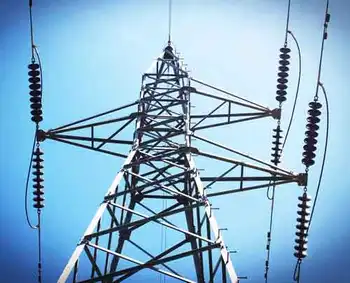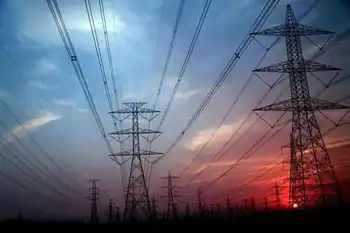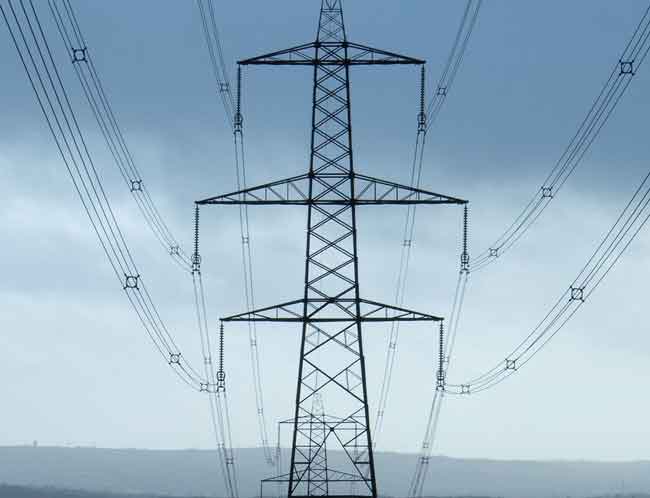Renewable energy tops 10 percent of U.S. production
By Delta Farm Press
NFPA 70b Training - Electrical Maintenance
Our customized live online or in‑person group training can be delivered to your staff at your location.

- Live Online
- 12 hours Instructor-led
- Group Training Available
Through June 30, the United States consumed 50.673 quadrillion Btu (quads) of energy — of which 34.162 quads were from domestic sources and 16.511 quads were imported.
Domestically-produced renewable energy (biomass/biofuels, geothermal, hydropower, solar, wind) totaled 3.606 quads — an amount equal to 10.56 percent of U.S. energy consumption that is domestically-produced. This share is only slightly less than the contribution from nuclear power (11.98 percent).
And while consumption of nuclear power dropped by 1 percent during the first half of 2008, compared to the same period for 2007 (4.091 quads, down from 4.119 quads), renewable energyÂ’s share increased by 5 percent (3.606 quads, up from 3.439 quads).
Biomass and biofuels combined presently constitute the largest source of renewable energy in the United States (1.883 quads) followed by hydropower (1.387 quads).
Wind power experienced the largest growth rate — increasing by almost 49 percent from the first half of 2007 compared to the first half of 2008 (0.244 quad, up from 0.164 quad).
Solar and geothermal contributions were at roughly the same levels in 2008 as they were in 2007. However, both are poised to greatly expand their market share in the near future.
“The significant contribution being made by renewable energy sources to the nation’s energy supply documented by the U.S. Energy Information Administration (EIA) is far greater than most Americans realize,” said Ken Bossong, executive director of the Sun Day Campaign, a non-profit research and educational organization founded in 1993 to promote sustainable energy technologies as cost-effective alternatives to nuclear power and fossil fuels.
“Repeated statements by nuclear and fossil fuel interests that renewables contribute only a tiny fraction of the nation’s energy supply are not only misleading but flatly wrong.”











